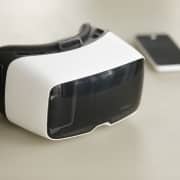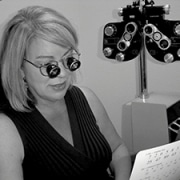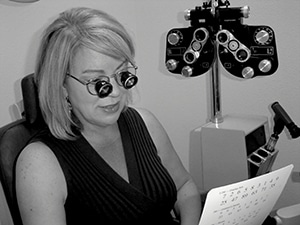How Are Telescopic Glasses Helpful?
For anyone who experiences low vision, telescopic eyeglasses in Wilmington, NC are real game changers. These devices implement small telescopes that are embedded into the actual eyeglass lenses. If you had to describe what they’re similar to, imagine if you could constantly hold a telescope up to your eyes when you couldn’t see well. Of course, that’s not practical. But with telescopic glasses, a person with low vision can enjoy that experience seamlessly.
What Telescopic Glasses Make Possible
Those who have telescopic glasses have proclaimed how much value these glasses have given them. They make it possible to get a job, work on a computer, enjoy favorite hobbies like reading, playing games, sewing, cooking, knitting and so much more. The emotional and practical benefits of regaining independence are immeasurable.
Support for Detailed Tasks
Individuals with low vision often struggle with fine print, and with doing things that require precision. Think of reading the labels on foods at the grocery store, threading a need, pushing buttons on the TV clicker, or even buttoning up a child’s coat in the winter. For these tasks and more, telescopic eyeglasses are lifesavers.
Distance Vision Enabled
When you think about all the situations where distance viewing is necessary, you can see how beneficial these eyeglasses are. Seeing road signs, watching television or just being able to see where your children are on the soccer field or in the backyard—-it all becomes significantly easier, since telescopic glasses enhance distance vision, too.
Customized for Your Needs
Each pair of telescopic glasses is custom-designed to meet the user’s specific vision requirements. The optometrist assesses the individual’s condition and lifestyle needs, ensuring that the lenses are optimized for activities like driving or reading.
If you or a loved one faces challenges due to low vision, telescopic glasses could provide the clarity and confidence needed to navigate life with ease. Consult with your Wilmington, NC optometrist today to explore this innovative option.






 Telescopic eyeglasses are specially designed prescription glasses that have miniature binoculars or a monocular mounted in certain positions on the glasses. These glasses are created using an in-depth examination of the patient’s visual abilities, with the telescopic parts of the glasses designed to help the patient see more clearly when performing certain actions. For example, the telescopic components may be used when:
Telescopic eyeglasses are specially designed prescription glasses that have miniature binoculars or a monocular mounted in certain positions on the glasses. These glasses are created using an in-depth examination of the patient’s visual abilities, with the telescopic parts of the glasses designed to help the patient see more clearly when performing certain actions. For example, the telescopic components may be used when: